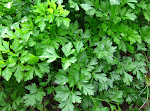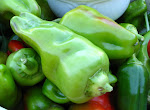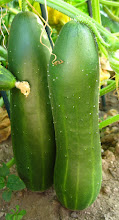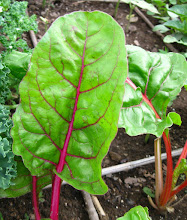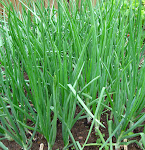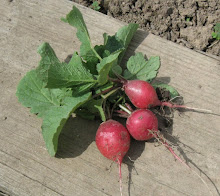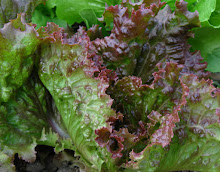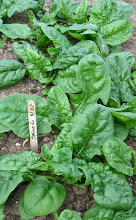I always grow radishes every spring, but never know what to do with them other than eating them fresh. Growing them always brings back fond memories of my childhood; serving radishes and green onions at the supper table was always a rite of spring.
I know they are a healthful veggie, so I planted a second batch this year, determined to come up with a good way to use them. I tried roasting them last year, but wasn't impressed.... This morning I tried this recipe for the first - yum, yum, yum!! My intent was to pack it for my lunch; it quickly became my breakfast instead! (Nothing like going to work first thing with garlic on your breath!) I was expecting this recipe to simply be another variation on hummus, but the texture of the smashed chickpeas and crunchy radishes along with the flavor of garlic and fresh basil and made this divinely different and colorful!
Source: adapted from Martha Stewart Living magazine
2 cans (15 oz. each) unsalted chickpeas, drained and rinsed (reserve 1/3 c. liquid)
2 T. extra-virgin olive oil
1 t. salt
3/4 t. pepper
1/2 c. fresh basil, coarsely chopped
8 radishes, chopped
1 small garlic glove, minced
1/4 c. fresh lemon juice
Lightly mash chickpeas, oil, salt and pepper in a bowl until creamy but still chunky. (You may want to pulse briefly in a food processor instead of mashing by hand.) Stir in basil, radishes, garlic, and lemon juice. Stir in reserved chickpea liquid, 1 T. at a time until dip holds together. Refrigerate for at least 30 min. Serve with pita chips.
Can be refrigerated for up to 3 days.
Can be refrigerated for up to 3 days.





























